The quiet drama of seed dispersal unfolds all around us, though most humans rarely pause to notice these miniature voyages of botanical exploration. From the explosive launch of touch-me-not pods to the silent parachute descent of dandelion seeds, plants have evolved astonishing mechanisms to colonize new territories.
The Great Escape begins when a seed detaches from its parent plant - a critical moment that determines whether the next generation will thrive or perish. Unlike mobile creatures, plants must rely on clever tricks, brute force, or unlikely partnerships to send their progeny into the world. The methods are as varied as the plant kingdom itself, each strategy fine-tuned by millions of years of evolutionary experimentation.
Some plants opt for pure ballistic force. The sandbox tree's seed pods detonate with such violence that they've earned the nickname "dynamite tree," catapulting seeds at speeds exceeding 150 miles per hour. Mediterranean squirting cucumbers build up hydraulic pressure until their fruits literally blast away from the vine, while the humble violet employs a spring-loaded seed pod that flings its contents several feet when dried.
Wind becomes an ally for countless species. The iconic dandelion transforms each seed into a miniature parachute, its feathery pappus catching air currents that may carry it miles from the parent plant. Maple trees engineer sophisticated winged samaras that spin like helicopter blades, slowing descent and extending their travel range. At the extreme end, orchids produce dust-like seeds that can circumnavigate the globe in upper atmospheric winds - though only a fortunate few will ever encounter the specific fungal partner they need to germinate.
Water serves as transportation for aquatic and riverside species. Coconuts famously drift across oceans in their buoyant fibrous shells, sometimes surviving months at sea before washing up on distant tropical shores. The sea bean Entada gigas holds the record for water dispersal, with its massive seeds traveling thousands of miles on ocean currents. Even terrestrial plants occasionally employ water when floods carry their seeds to new locations, effectively turning disaster into opportunity.
The animal kingdom unwittingly participates in seed dispersal through various relationships. Burr-bearing plants like burdock evolved hooks that cling to fur (and modern clothing), essentially hijacking mammals as unwitting taxis. Birds gorge on berries, only to deposit the indigestible seeds miles away with a helpful packet of fertilizer. Remarkably, some seeds actually require passage through digestive tracts to weaken their coatings enough to sprout.
Ants play an outsized role in seed movement through myrmecochory - a mutualistic relationship where plants provide nutritious elaiosomes (fat-rich appendages) that ants carry back to their nests. The seeds themselves remain untouched in underground chambers, perfectly positioned to germinate in the nutrient-rich ant colony waste areas. This sophisticated system moves an estimated 30% of spring wildflower seeds in temperate forests.
The journey doesn't end when a seed lands. Germination represents another gauntlet of challenges - finding the right soil conditions, moisture levels, and sometimes specific microbial partners. Many seeds enter dormancy, waiting months or years for ideal circumstances. Desert wildflowers may bide their time through decades of drought, while Arctic tundra plants preserve viable seeds in permafrost for centuries.
Human activity has dramatically altered natural dispersal patterns. Invasive species often hitch rides on ships or in agricultural shipments, while climate change shifts suitable habitats faster than many plants can migrate naturally. Conservationists now employ "assisted migration" for endangered species, manually transporting seeds to areas that may better support future growth as temperatures rise.
Yet despite human interference, the ancient dance of seed dispersal continues. A single century-old oak may produce ten million acorns in its lifetime, each containing the genetic blueprint for a potential new giant. The mathematics of chance ensure that while most seeds perish, enough survive to perpetuate the species - a numbers game perfected over 400 million years of plant evolution.
Modern science continues uncovering surprising dispersal mechanisms. Recent studies reveal some seeds can alter their shape in response to humidity, literally crawling across the ground to better positions. Others appear to time their releases to optimal wind conditions, demonstrating a level of environmental awareness previously unrecognized in plants.
From the tiniest orchid seed to the massive coco de mer, each dispersal strategy tells an evolutionary story of adaptation and survival. These botanical voyages shape our landscapes, determine forest compositions, and ultimately influence entire ecosystems. The next time you brush away a dandelion puff or step on a maple whirligig, consider the sophisticated natural engineering you're witnessing - a plant's bid for immortality encoded in a traveling speck of life.
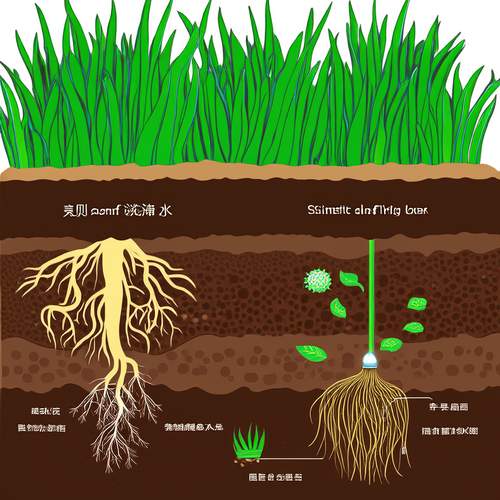
By /May 21, 2025
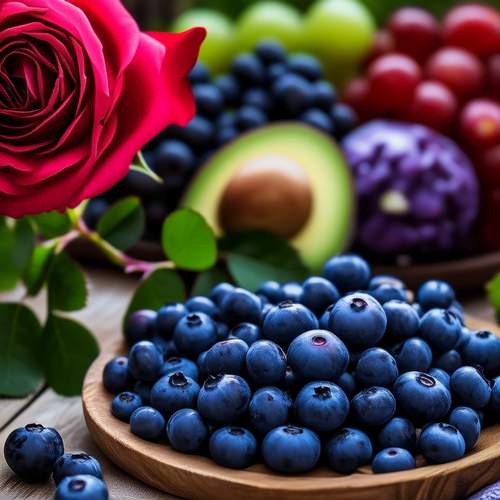
By /May 21, 2025
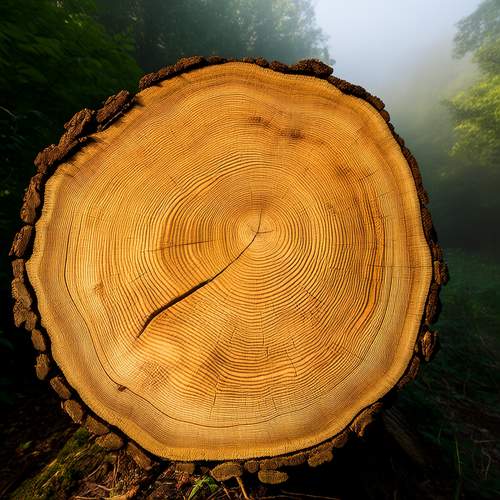
By /May 21, 2025
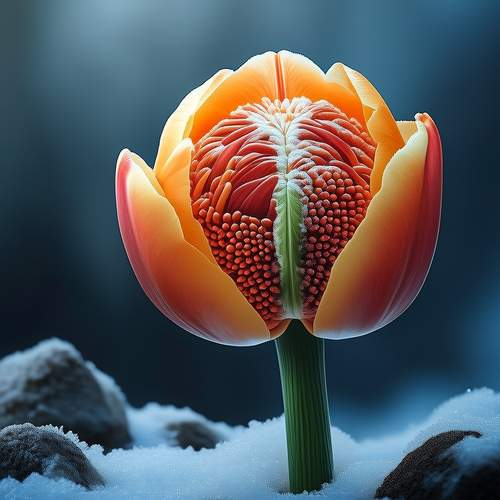
By /May 21, 2025
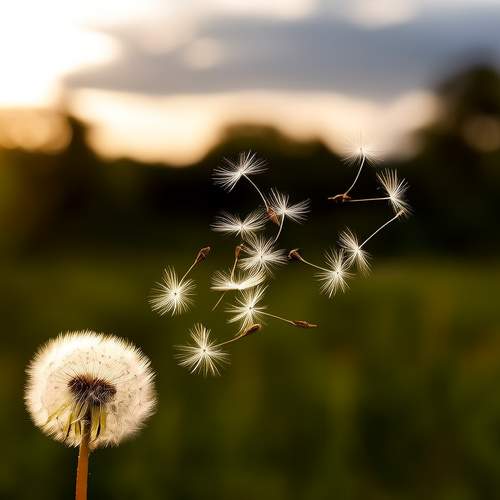
By /May 21, 2025
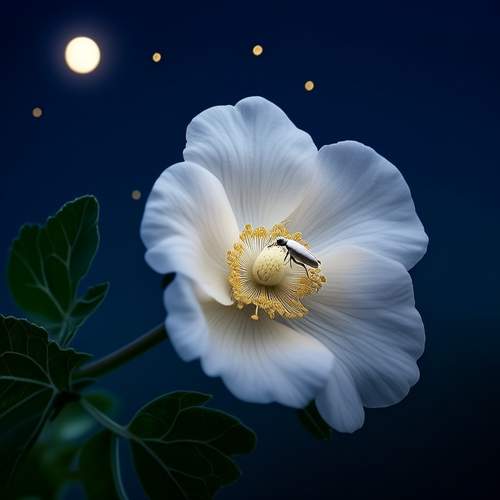
By /May 21, 2025
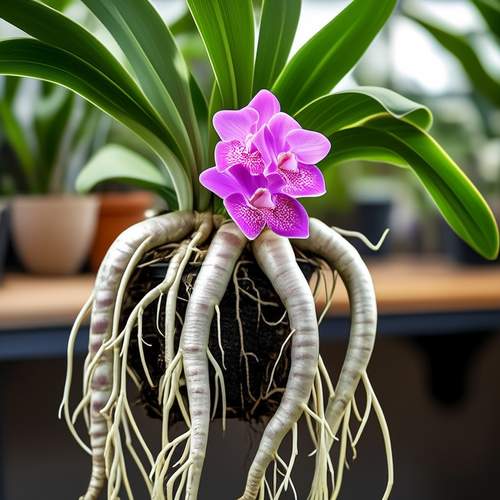
By /May 21, 2025
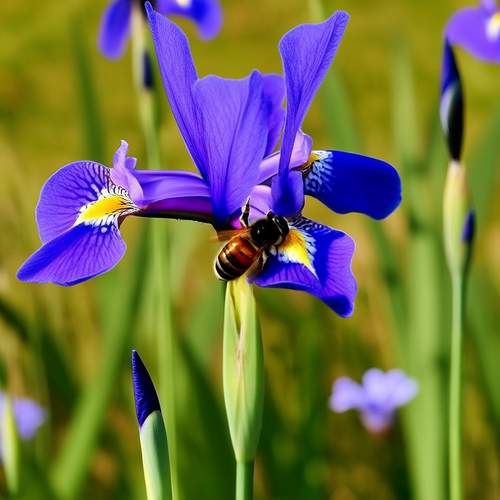
By /May 21, 2025
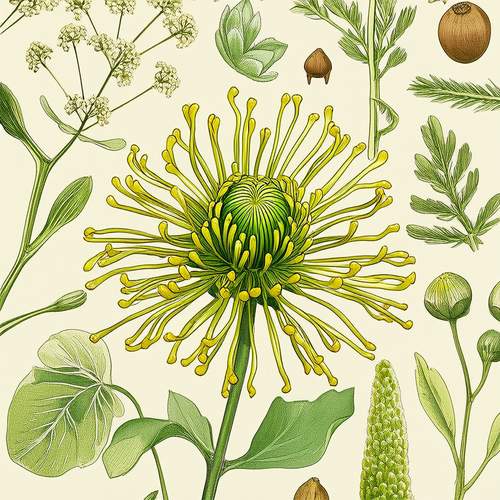
By /May 21, 2025

By /May 21, 2025
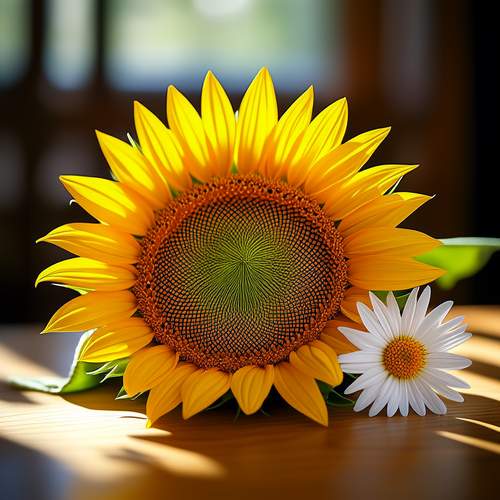
By /May 21, 2025
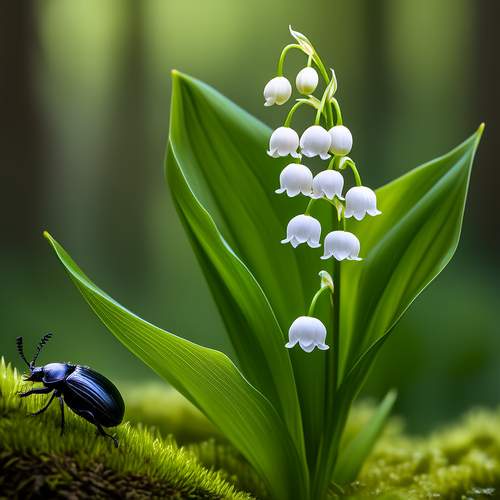
By /May 21, 2025
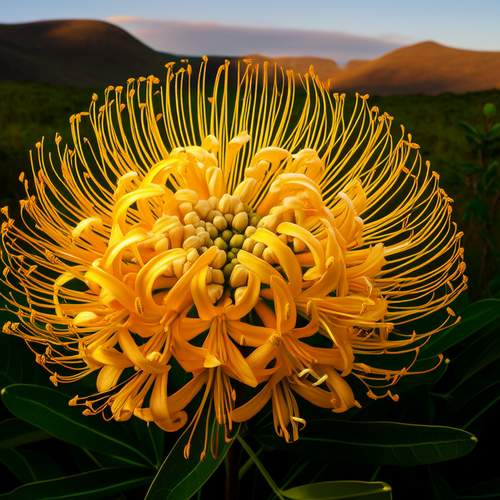
By /May 21, 2025

By /May 21, 2025

By /May 21, 2025
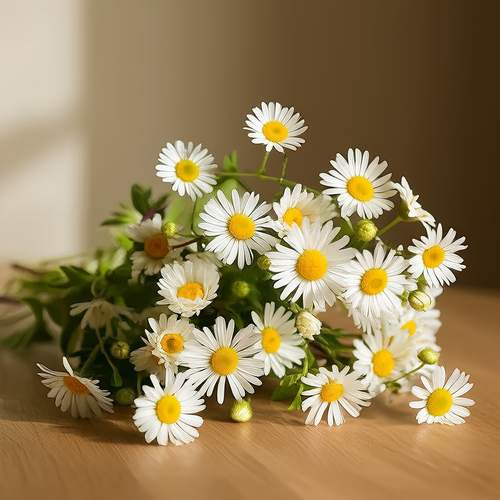
By /May 21, 2025

By /May 21, 2025

By /May 21, 2025

By /May 21, 2025
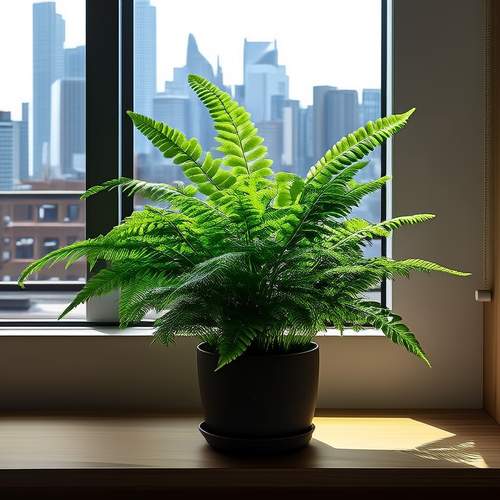
By /May 21, 2025